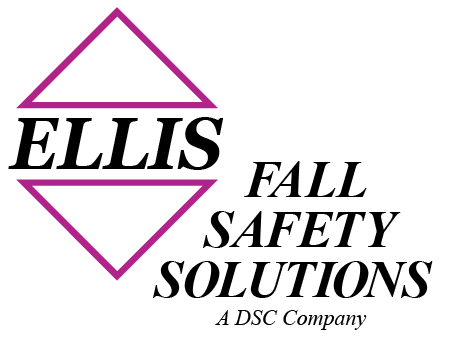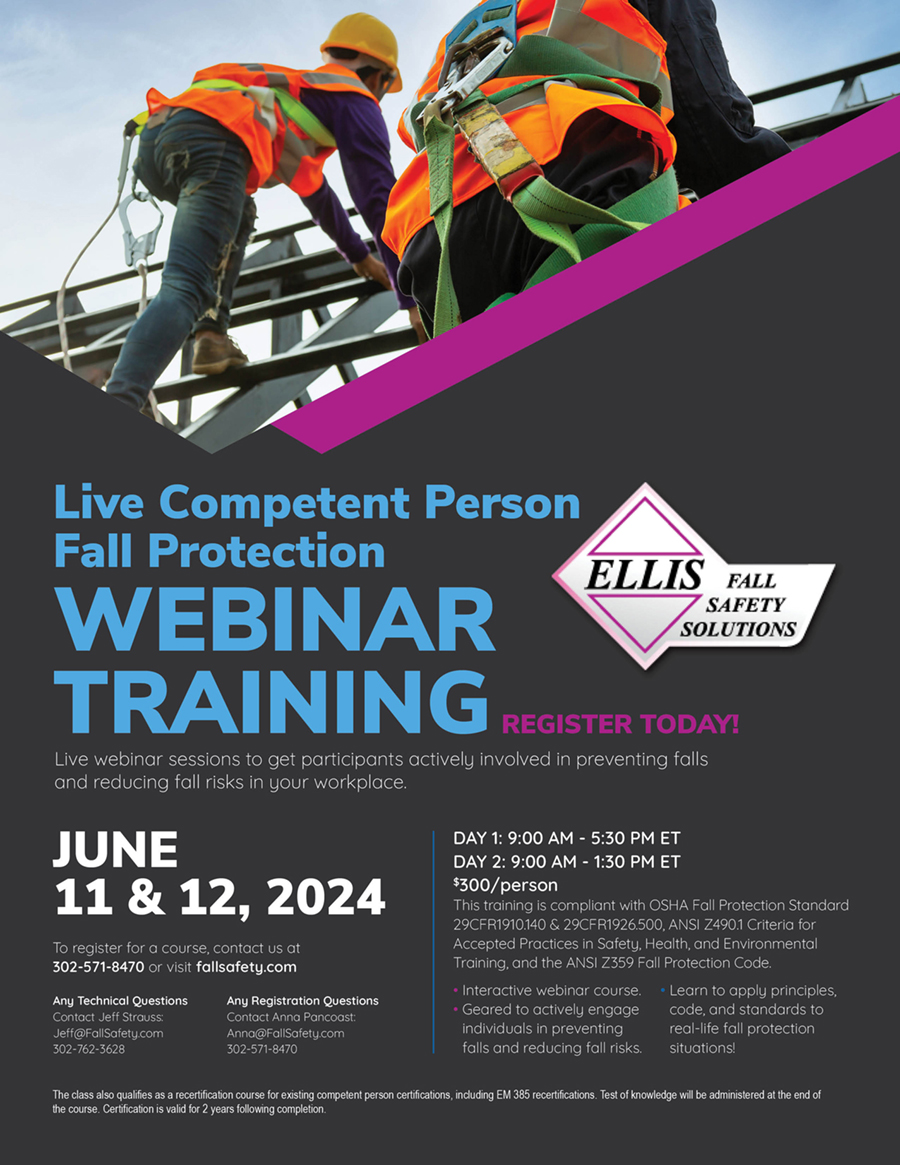Back To FAQ Topics
I am doing my own research into fall protection issues and would like to know if you can help me. I work at a plant where we work around holes (about 8 feet in diameter and about 14 ft deep) and we are required to wear fall protection. We wear a full body harness that is connected to a retractable lanyard (SRL). The lanyard is secured to a bridge type overhead crane. We do not lock-out the crane when we are using it for fall protection. Mostly because we use the crane hoist to move equipment in and out of the holes and relocate it nearby. We need to have fall protection and be able to lift and move equipment simultaneously. So we stay connected to the SRL and walk with the crane. Sometimes we are not using the crane hoist; we’re just working around the holes and use the crane SRL’s for fall protection (but we still don’t lock out the crane). I was injured last year when a co-worker forgot I was connected to the crane SRL. He moved the crane and before I knew what was going on, the SRL locked in. The crane lifted me off the ground and attempted to pull me through equipment as it moved away. Luckily I escaped with only compression fractures and various back problems. From what I can tell, WISHA or OSHA, doesn’t spell out specific requirements for this type of activity. A WISHA compliance services representative recommended I request an on-site assessment of our program, but I’m not ready to bring in an outside agency. I had considered a tort claim, but I don’t have the knowledge to pursue it. The current fix to the accident was to put warning tags on the crane controls whenever someone is using the crane SRL for fall protection. This is to remind operators to check the crane and SRL’s prior to moving the crane.
An anchorage point must be stable before being used. Lockout tagout must be done on the crane. You as user are responsible for that along with the plant management. A foolproof system must be in place before any work is done. This already is covered by OSHA standards 1910.147 or the Washington State equivalent.
I am doing my own research into fall protection issues and would like to know if you can help me. I work at a plant where we work around holes (about 8 feet in diameter and about 14 ft deep) and we are required to wear fall protection. We wear a full body harness that is connected to a retractable lanyard (SRL). The lanyard is secured to a bridge type overhead crane. We do not lock-out the crane when we are using it for fall protection. Mostly because we use the crane hoist to move equipment in and out of the holes and relocate it nearby. We need to have fall protection and be able to lift and move equipment simultaneously. So we stay connected to the SRL and walk with the crane. Sometimes we are not using the crane hoist; we’re just working around the holes and use the crane SRL’s for fall protection (but we still don’t lock out the crane). I was injured last year when a co-worker forgot I was connected to the crane SRL. He moved the crane and before I knew what was going on, the SRL locked in. The crane lifted me off the ground and attempted to pull me through equipment as it moved away. Luckily I escaped with only compression fractures and various back problems. From what I can tell, WISHA or OSHA, doesn’t spell out specific requirements for this type of activity. A WISHA compliance services representative recommended I request an on-site assessment of our program, but I’m not ready to bring in an outside agency. I had considered a tort claim, but I don’t have the knowledge to pursue it. The current fix to the accident was to put warning tags on the crane controls whenever someone is using the crane SRL for fall protection. This is to remind operators to check the crane and SRL’s prior to moving the crane.
An anchorage point must be stable before being used. Lockout tagout must be done on the crane. You as user are responsible for that along with the plant management. A foolproof system must be in place before any work is done. This already is covered by OSHA standards 1910.147 or the Washington State equivalent.

